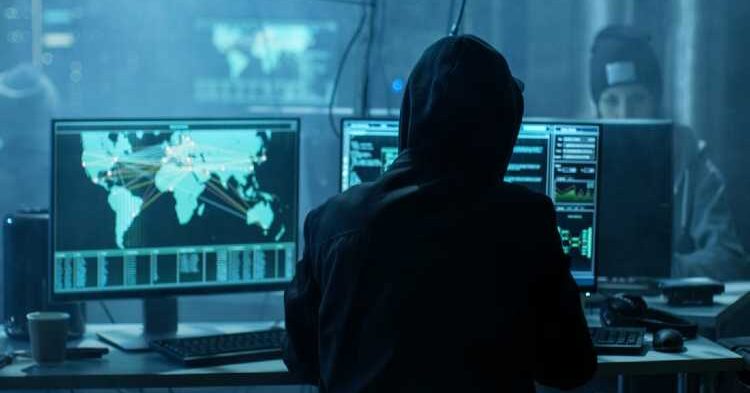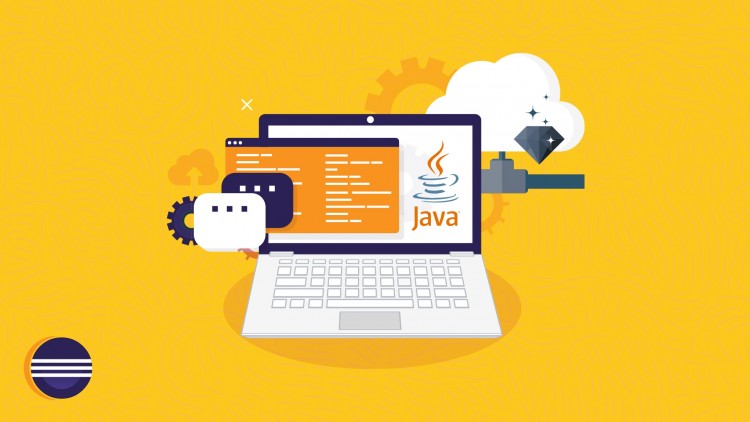It has become a big cliché to say that, as much as we are talking about a cataclysm that caused irreparable damage worldwide, the COVID-19 pandemic spurred digital transformation and accelerated the adoption of new technologies. Just to get an idea, in 2020, there was a 90% increase in opening of digital bank accounts compared to the previous year; the number of transactions made via mobile devices reached 52.9 billion; in 2019, there were only 37 billion.
To optimize the security of these applications, obviously, some layers had to be developed. “We we had a 312% increase in identity validation through our facial biometrics technology, compared to the same period in 2020. We have also seen an increase in investments in self-service with artificial intelligence technologies focused on chatbots and user experience”, explains Renan Franz, senior product manager at unico, the Brazilian market leader IDTech.
Obviously, this trend has also brought some troubling problems. Realizing that consumers were using the internet more to buy goods and transfer money, cybercrime began to value personal data more than ever — in the third quarter of 2021 alone, unico identified more than 800,000 fraud attempts, 51% of which in fintechs. That’s a stat of 623 attempted hacks every hour!

The trick used by fraudsters is simple and became known as spoofing. It is basically using a photo or video of the victim to try to cheat facial recognition. One of the most common subtypes is “injection”. “IT’S injecting an image from the device gallery into the selfie capture process, through which the fraudster uses some application that emulates a camera. This makes it possible to search for images of the victim on social networks, download them and use them to impersonate her”, explains Franz.
Liveness Detection: Are you really live?
Fortunately, the market reacted quickly to the problem, investing in improving the technologies of liveness and in implementing multiple approaches to mitigating spoofing attacks — ensuring that the person performing a registration or transaction is actually that person and is currently live. This is not a specific technology in itself, but a series of solutions that aim to prevent such tricks.
There are some bundled like SDK and API systems built into the backend of the application. The choice between one of the options or both simultaneously depends on each situation. “To reduce liveness fraud attempts, understand your processes and what each one needs, balancing user experience and security. Search for specialized companies and partners while focusing your efforts on your business. Stopping fraud is a job that requires resilience and constancy”, says Matheus Lambertucci, unico’s group product manager.

Want to learn more about liveness?
If you want to understand more deeply how these solutions work and how they can be applied in your business, unico will host the free webinar “Liveness: the technology that proves it’s live”. The broadcast takes place on the Mind The Sec platform on November 30th, at 6 pm. Click here, register and guarantee your participation!
Source: TheHack











